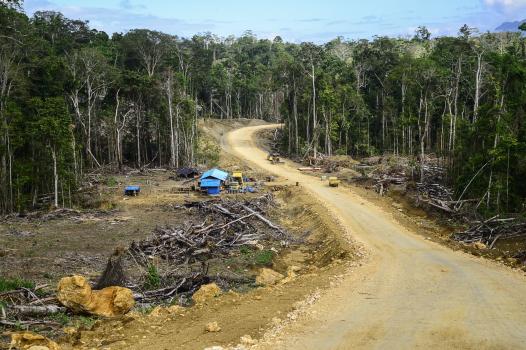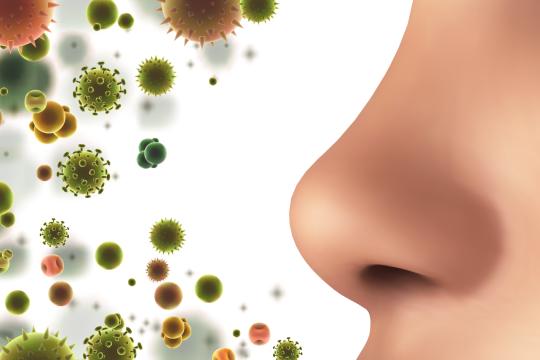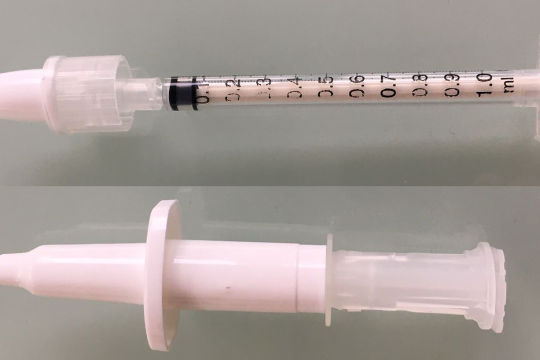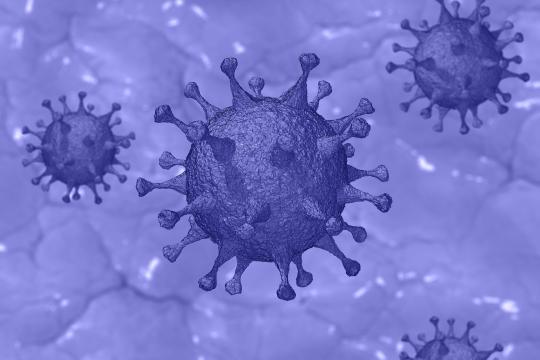Fighting the global health threats posed by COVID-19
Researchers worldwide began taking action the moment the disease—since named COVID-19 by the WHO—emerged in China. COVID-19 is caused by a virus that affects the respiratory system. Chinese scientists quickly sequenced the virus to determine its identity. It belongs to the coronavirus family and has been designated SARS-CoV-2. A different member of this same family caused an epidemic in China in 2002–2003. We now know that SARS-CoV-2 is closely related to a virus found in bats. It might have spilled over into humans by way of an intermediate host. At present, there are no medications, vaccines, or antibody-based methods that can be used in the fight against SARS-CoV-2. Consequently, current measures focus on limiting virus transmission within human populations. The entire international research community is working to address this global health crisis. INRAE is specifically involved in numerous efforts:
our news on COVID-19 crisis
Fighting the virus and treating its victims
"We are using high-quality research to stem the spread of SARS-CoV-2 and to help treat those infected"—French National Alliance for Life Sciences and Health (AVIESAN)
INRAE NEWS

Q&A with Muriel Vayssier-Taussat, CARE member: what comes after the lockdown
News, 2 April 2020. The Council for Analysis, Research, and Expertise (CARE), established by the French government on 24 March 2020, comprises a group of 12 researchers and medical doctors with different specialties. CARE is tasked with quickly providing guidance to the French government on matters related to coronavirus treatment and testing. Muriel Vayssier-Taussat, the head of INRAE’s scientific division for animal health and director of the Carnot Institute Livestock Industry for the Future, describes her first experience on the council.
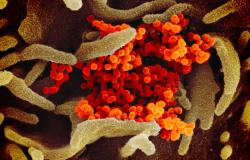
COVID-19: Tackling the Epidemic in 20 Research Projects...
Press release – 12 March 2020
At a time when the Sars-CoV-2 epidemic is continuing to spread, France’s Alliance for Life Sciences and Health (Aviesan) is mobilizing to accelerate research into the virus and COVID-19 disease through REACTing – a consortium coordinated by Inserm.
…including a research project conducted by INRAE to test drug candidates:

SARS-CoV2: INRAE’s research community in the Île-de-France region is mobilising
News, 3 April 2020. As the COVID-19 epidemic spreads throughout the world, the research community is mobilising its forces. In the Paris region, INRAE researchers Jean-François Eléouët and Bernard Delmas and their teams in the Molecular Virology and Immunology Unit (VIM) are hard at work: their aim is to accelerate their knowledge, prevent and cure the disease; each new goal corresponds to a new research project.
IN BRIEF
20 April 2020. COVID-19: launch of an international survey on loss of sense of smell and taste
Many COVID-19 patients experience a loss of taste or their sense of smell. More than 400 scientists from 52 countries have come together to study this phenomenon as part of the Global Consortium for Chemosensory Research (GCCR). More than 35 French researchers, in particular in INRAE units, are taking part. The consortium launched a large-scale international survey in the form of a short questionnaire (currently available in 14 languages) aimed at people who are currently sick with COVID-19 or who have now recovered. The researchers’ priority is to assess the frequency and nature of the loss of taste or sense of smell among the persons affected, to compare them with other pathologies (influenza, common cold, etc.) and to initiative medium and long term monitoring.
Mitigating the risks of the epidemic
“With climate change, animal and human mobility, growing populations and urbanisation, there is now an increased risk of the emergence and accelerated global spread of new pathogens. It is crucial that the emergence of a pathogen can be rapidly detected and assessed for the risk it poses to public health: days and sometimes hours can count. To do so, public health agencies are developing epidemic intelligence systems” MOOD project
INRAE NEWS
The first scientists to calculate the COVID-19 infection-fatality ratio in France back in March, INRAE’s BioSP research team have continued to monitor the epidemic. They brought out further results in mid-May, using a new SIRD (Susceptible-Infected-Recovered-Dead) mechanistic-statistical model that incorporates changes in the disease status of individuals. The ‘effective R’ number, the typical number of infections caused by an individual, was reduced seven-fold during the French lockdown (17 March 10 to May 2020). By mid-May it stood at around 0.47, having reached 3.2 before lockdown began. The proportion of undiagnosed cases is high. Whereas the INRAE team estimated early on that for every confirmed case there were eight infected people (including those not diagnosed), by the beginning of May they calculated a true figure of twenty infected people for each confirmed case. This suggests that, at the end of full lockdown, 4% of the population would have achieved immunity. This is a long way off the 60 to 70% that is required to achieve a level of ‘herd’ immunity sufficient to protect those who are particularly vulnerable to the virus. The results also showed that the fall in the number of infectious cases was very slow, at around 5% per day, meaning that the number of virus carriers would still have been very substantial on 11 May when France began to lift its lockdown.
If current physical distancing measures are continued and new behavioural habits become established in the general population, the effective R number will never return to its initial value of around 3. Fresh modelling by the BioSP team nevertheless suggests that an R of 1.5 would be sufficient to produce a second wave at least as large as the first. It is therefore essential to maintain low contact rates if we are to avoid this scenario.
The BioSP team, in collaboration with the Centre for Analysis and Social Mathematics at the EHESS, is currently developing a spatio-temporal real-time tracking model for the epidemic to support dynamic management at local level. It will allow decision makers to take account of local immunity levels, virus prevalence and population density. It will also allow the respective impacts of movement and of protective measures on the epidemic’s progress to be assessed.

Early calculation of actual COVID-19 fatality rate in France made possible by mechanistic-statistical model
Press Release - 12 May 2020. By the end of March, an INRAE team had already produced the first infection fatality ratio calculation for COVID-19 outside China. They identified a fatality rate of 0.5% based on French hospital data, adjusted to 0.8% when nursing home data were included. Their results were confirmed at the end of April by work carried out at the Pasteur Institute in Paris and by a New York study. The team’s analysis was published on 8 May 2020 in MDPI Biology.
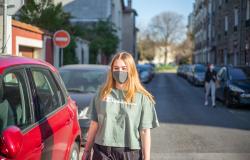
Strategies for confronting the COVID-19 epidemic
News, 6 April 2020. What measures can countries take to manage a major epidemic? Sars-CoV-2, the virus causing COVID-19, has now reached every single one of the world's continents, and governments and societies are being put to the test. What strategies can we use to protect populations, control the virus's spread, prevent our health care systems from becoming overburdened, and limit the epidemic's impacts on society? Here, we discuss two main epidemic control strategies: mitigation and suppression.

Dealing with emerging diseases: rethinking how we monitor global health – INRAE is participating in the international project MOOD coordinated by CIRAD
PRESS RELEASE - 19 March 2020
Is disease X already here? Does the arrival of COVID-19 mean we need to rethink our health monitoring systems? As part of the MOOD project, which began in January 2020, European and North American researchers are doing just that by looking at how we might detect early signs of new epidemics.
Adopting a global approach to public health
"It is crucial to understand that the health of human populations is explicitly affected by the state of the environment” INRAE virologist Mylène Ogliastro on France 3
INRAE NEWS
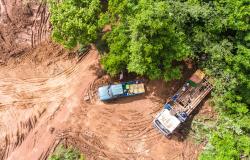
Protecting biodiversity to prevent the emergence of new infectious diseases
News, 20 April 2020. Anthropogenic activities like deforestation and the wild animal trade expose humans to new microbes. Although such microbes can pose a health threat to humans, they are an essential part of the world's biodiversity. As the loss of biodiversity continues, we are witnessing an increasing spillover of pathogens from wild animal species to humans. Research director Jean-François Guégan has great insight into this process. Currently working at INRAE, he is building a broadscale international partnership that will examine how agriculture affects the emergence of human diseases from animal or environmental sources.
Analysis of 65 years of work on the relationships between forests, deforestation and infectious disease emergence
Press release -7 May 2020. The global COVID-19 pandemic has shed light on the importance of certain previously little-studied scientific areas such as the relationships between ecosystems, their biodiversity and the emergence of new infectious diseases. Humans are making increasing use of their environment and so they are more exposed to certain microbes lurking in the shadows, a situation that may heighten the risk of new types of infection. Researchers from INRAE, CIRAD, IRD and the Pasteur Institute of French Guyana recently published in Environmental Research Letters a systematic literature review, using bibliometrics, of some 565 papers published between 1953 and 2018 on the relationships between forests, deforestation and emerging infectious diseases and noted just how scarce information on this major issue is.
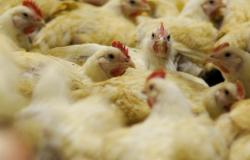
Understanding and managing epidemics in livestock
News, 30 April 2020. The virus causing COVID-19 appears to have jumped directly from wild animals to humans. However, in the case of other emerging pathogens, livestock have served as conduits. For example, avian influenza reached humans via such a pathway. Furthermore, many emerging pathogens are not necessarily a threat to humans but can cause serious disease in livestock, affecting both animal health and food production. What must we do to better understand and manage epidemics in livestock? We posed this question to Christian Ducrot, an INRAE epidemiologist.
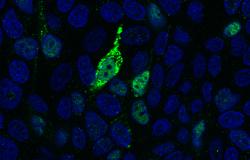
Influenza, coronavirus, and other pathogens: when animal viruses jump to humans
Zoonoses caused by viruses have plagued humans for centuries. INRAE is dedicated to finding out more about these pathogens, both those that are transmitted directly to humans and those that arrive via intermediate hosts. Avian flu, West Nile fever, and hepatitis E are just a few of the diseases studied at the institute (along with their causative agents, of course). INRAE researchers employ an approach that considers human, animal, and environmental health in tandem.
For more information, please see this article (in French) published on 26 February 2020. It includes a video of a conference on the topic that was held at the 2020 Paris International Agricultural Show.
Restructuring how we work during the crisis and lockdown
"We will preserve the institute's living and scientific heritage"—Philippe Mauguin in AgraPresse
INRAE NEWS
COVID-19: first assessment of the crisis plan implemented at INRAE
made by INRAE Chair & CEO in an article of 19 March 2020
INRAE’s crisis plan for the COVID-19 epidemic in application
Article of 12 March 2020 regularly updated
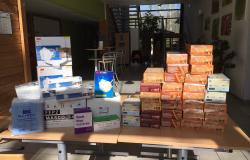
FIRST ASSESSMENT: On Friday 20 March 2020, INRAE launched an inventory of the human and material resources which it could put at the disposal of healthcare institutions and personnel. This inventory is being carried out under the supervision of the Presidents of INRAE’s research centres throughout France. More than 71,000 masks including 26,000 FFP2 & FFP3 masks, more than 2,300 litres of hydroalcoholic solution or equivalent, as well as glasses, head covers, gloves, shoe covers, disposable gowns and overalls have been collected. This initiative strengthens and coordinates local initiatives already in place and helps them meet the requests and requirements of the university hospitals and regional health agencies.
FACING THE CRISIS
“This is the first time we consider the question of a food shortage in France since the Second World War! But we mustn’t confuse shortage with being out of stock because of momentary over-consumption” Vincent Chatellier, INRAE, cited in Libération
INRAE NEWS

COVID-19: are short food-supply chains more resilient in times of crisis?
News, 10 April 2020. COVID-19 has caused a public-health crisis that is putting serious strains on our food systems. At the start of stay-at-home orders, there were concerns about the availability of food supplies. While long supply chains have been able to profit, a number of initiatives to support local, short food-supply chains have also emerged. What can a large-scale crisis such as this tell us about the resilience of our food systems?

